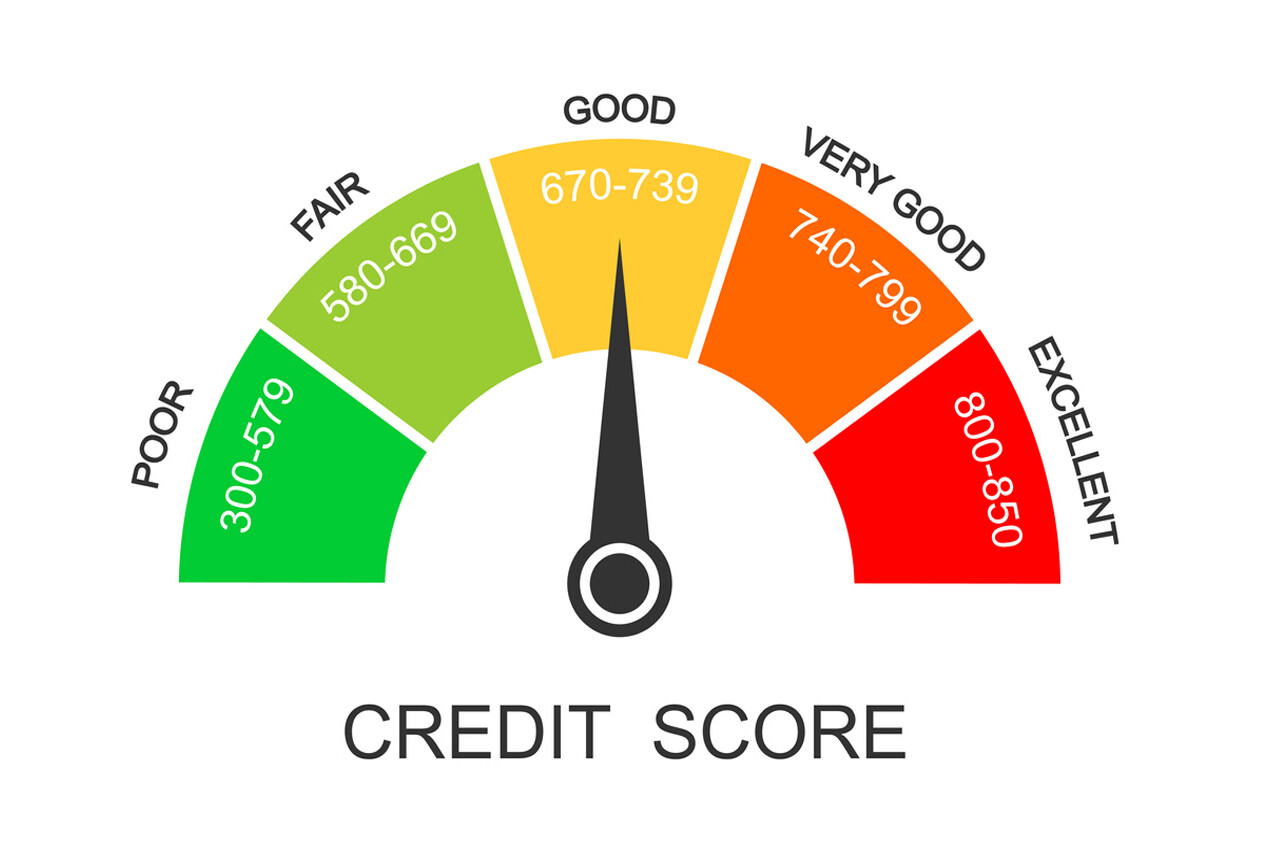Introduction
Your credit score isn’t just a number—it’s your financial passport. It determines whether you’ll qualify for loans, what interest rates you’ll pay, and sometimes even if you’ll get hired for a job or approved for an apartment.
In 2025, with rising interest rates and tighter lending conditions, having an excellent credit score (800+) is more valuable than ever. But reaching that number isn’t just for the wealthy or financially elite—it’s achievable for anyone who follows proven strategies.
This guide will show you how to build, repair, and optimize your credit score step by step. By the end, you’ll know exactly how to join the top 20% of Americans who hold an 800+ credit score.
What Is a Credit Score?
- Range: 300–850 (FICO & VantageScore most common).
- 800–850: Excellent credit (top tier).
- 670–799: Good to very good.
- 300–579: Poor credit.
According to Experian’s 2024 report, only 22% of Americans have a score above 800.
Why Aim for 800+ in 2025?
- ✅ Save thousands in interest on mortgages & auto loans.
- ✅ Access premium rewards credit cards.
- ✅ Easier approval for rentals & jobs.
- ✅ Protection in uncertain economic times.
Example: On a $300,000 mortgage, the difference between a 750 score (6.8% APR) and an 820 score (5.9% APR) could save you $50,000+ over 30 years.
5 Factors That Affect Your Credit Score (FICO Model)
| Factor | Weight | What It Means | Strategy |
|---|---|---|---|
| Payment History | 35% | On-time payments | Never miss a due date (use autopay). |
| Credit Utilization | 30% | Credit used ÷ limit | Stay below 30% (best under 10%). |
| Credit Age | 15% | Average age of accounts | Keep old accounts open. |
| Credit Mix | 10% | Variety of credit types | Cards + loans + mortgage = better. |
| New Credit | 10% | Recent applications | Space out applications (6–12 months). |
Step-by-Step Guide to Reach 800+
1. Pay Every Bill On Time
- Even one late payment can drop your score 50–100 points.
- Set autopay for at least the minimum.
2. Keep Utilization Under 10%
- If your credit limit = $5,000, keep balance under $500.
- Trick: Pay balances before the statement closes.
3. Don’t Close Old Accounts
- Age of history = trust factor.
- Keep old cards with no annual fees active.
4. Diversify Your Credit Mix
- Lenders want to see you can handle both revolving credit (cards) and installment loans (car, student, mortgage).
5. Limit Hard Inquiries
- Each new application = 5–10 point dip.
- Apply only when necessary.
Advanced Strategies for 2025
- Pay Twice a Month → reduces utilization reporting.
- Ask for Credit Line Increases → lowers utilization ratio instantly.
- Use Experian Boost / UltraFICO → add rent & utility bills to score.
- Negotiate with Creditors → remove one-time late payments.
- Balance Transfer Cards → consolidate debt at 0% APR temporarily.
Case Study: Lisa’s Journey to 820
- Starting score (2023): 645.
- Actions: Paid off 50% card debt, added as authorized user, disputed 2 errors, used Experian Boost.
- Result (2025): 820 credit score.
Lesson: Consistency + smart tools = rapid growth.
Common Mistakes That Keep You Stuck Under 700
- Maxing out credit cards.
- Paying late (even once).
- Closing old accounts.
- Applying for multiple cards at once.
- Ignoring errors on reports.
- Believing myths like “carrying a balance helps.”
20 Practical Tips to Reach 800+ Faster
- Always pay early, not just on time.
- Keep balances at 5–7% for maximum score boost.
- Use credit-builder loans if new to credit.
- Pay off collections (negotiate “pay for delete”).
- Monitor score monthly with free apps.
- Use rewards cards but never overspend.
- Increase limits once a year.
- Don’t cosign loans unless 100% sure.
- Avoid payday loans.
- Track credit goals like fitness goals.
- Do a “credit checkup” every 6 months.
- Create a small emergency fund ($1k).
- Space out hard pulls.
- Pay down high-interest debt first.
- Keep 2–4 cards active.
- Use autopay + reminders.
- Apply for cards strategically (student → cash back → travel).
- Build history with secured cards if needed.
- Avoid closing 0 annual fee cards.
- Stay patient—credit growth takes time.
Expanded FAQ (2025 Edition)
Q: How fast can I go from 600 to 800?
With discipline, 18–36 months.
Q: Do I need debt to build credit?
No—responsible use of credit cards + timely payments is enough.
Q: Should I pay off my card in full every month?
Yes, always. Carrying a balance costs money and doesn’t help score.
Q: Is it possible to recover after bankruptcy?
Yes—start with secured cards and rebuild. Average recovery = 5–7 years to reach good credit.
Q: Does checking my credit hurt my score?
No—only hard inquiries affect it.
Q: How many cards do I need for 800?
Usually 2–4 well-managed cards is enough.
Q: Can closing accounts raise my score?
No—closing often reduces score (shorter history + higher utilization).
Conclusion
Reaching an 800+ credit score in 2025 isn’t about tricks—it’s about consistent good habits. Pay on time, use little credit, keep old accounts, and diversify your profile. Over time, your score will rise naturally.
The payoff is massive: lower interest rates, better loan approvals, and peace of mind. Start today, and your future self will thank you.
